The Langtang Region, along with most of the other trekking areas in Nepal, has four distinct seasons. Spring, summer, autumn and winter. The months from March to May, pre-monsoon, and from October to early December, post-monsoon, are the most popular for hiking the Langtang Valley trek. Every season offers its own excitement and atmosphere and in principle, you can go trekking year-round. There are good reasons why spring and autumn are considered the trekking season. Below we’ll explain more what each of the seasons are like.
Spring
Spring (March-May) is the prime trekking season and trekkers from around the globe come to the Nepali Himalayas in large numbers. In springtime, the temperature is pleasant, the precipitation is low and the hiking conditions are great. On the trail there’s a lot of excitement to head up to the maximum Langtang Valley altitude of almost 5000 meters at the Tsergo Ri. While temperatures in daytime along the trek are balmy, the temperature higher up in Kyanjin Gompa and beyond can be very cold in the early morning. To prepare yourself for this, check our complete Langtang trek packing list further below in this blog post.
Summer
Summer season falls in the months of June, July and August. Summer is the period with higher temperatures and in that sense it is quite pleasant. However, this is also the monsoon season, and it rains a lot. The chance of seeing the mountains around you is smaller as it is cloudy most of the time. The trail will be wet and slippery and there is an increased risk of landslides. And leeches are very active during these months. On the flip side, it’s almost empty on the route and the traditional villages feel calm and serene.
Autumn
Autumn in the Langtang Valley (September, October, November) is, like springtime, prime trekking season with similar trekking conditions. There is one difference. The air in spring is sometimes a little hazy due to the dust in the atmosphere. Post-monsoon the air is very clear, allowing for stunning views of the surrounding mountains.
Winter
Winter season runs from December to February. This period is the toughest time to trek the Langtang Valley. The sun is low and doesn't get above the mountain ridge lines for a period of time, especially in the lower parts of the valley. Night temperatures drop to -10 degrees Celsius. Add wind and snowfall and you’ve got yourself proper winter conditions. Why do we still run the Langtang Valley hike in winter? We work with some of the best trekking companies in Nepal. Besides trekking trips they also organize climbing expeditions to some of the highest peaks in the Himalayas. Our partners can keep you safe and comfortable, even in these cold conditions. And you will probably have the entire trail to yourself!




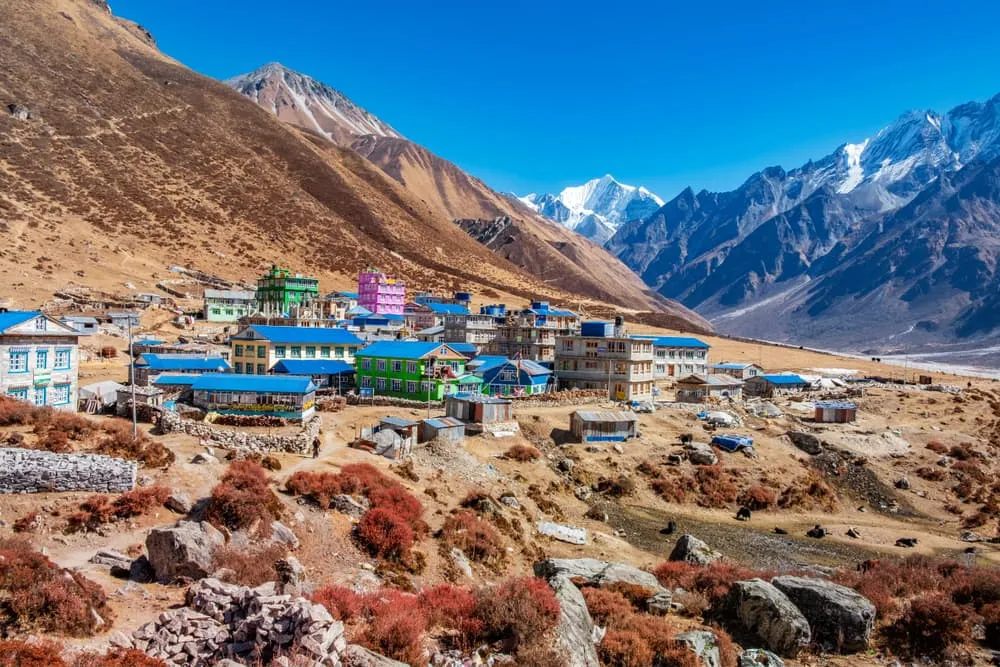

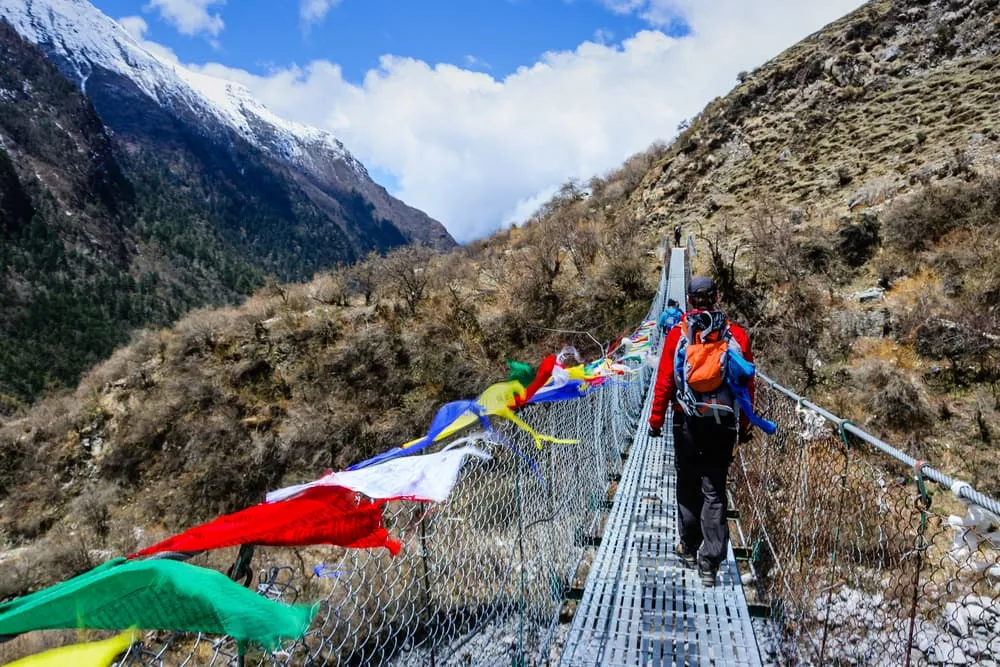
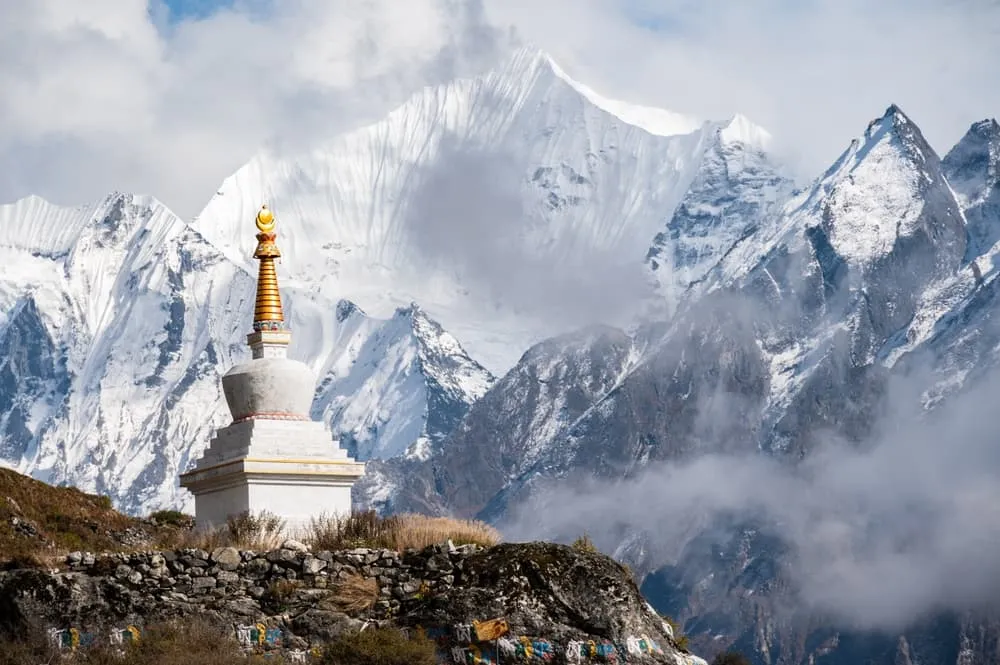
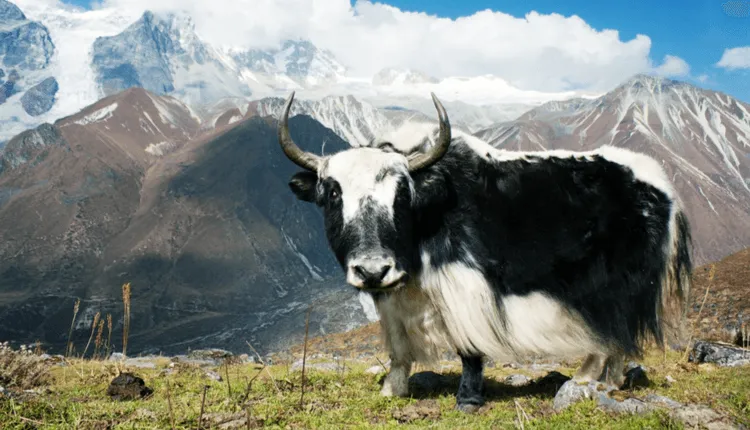
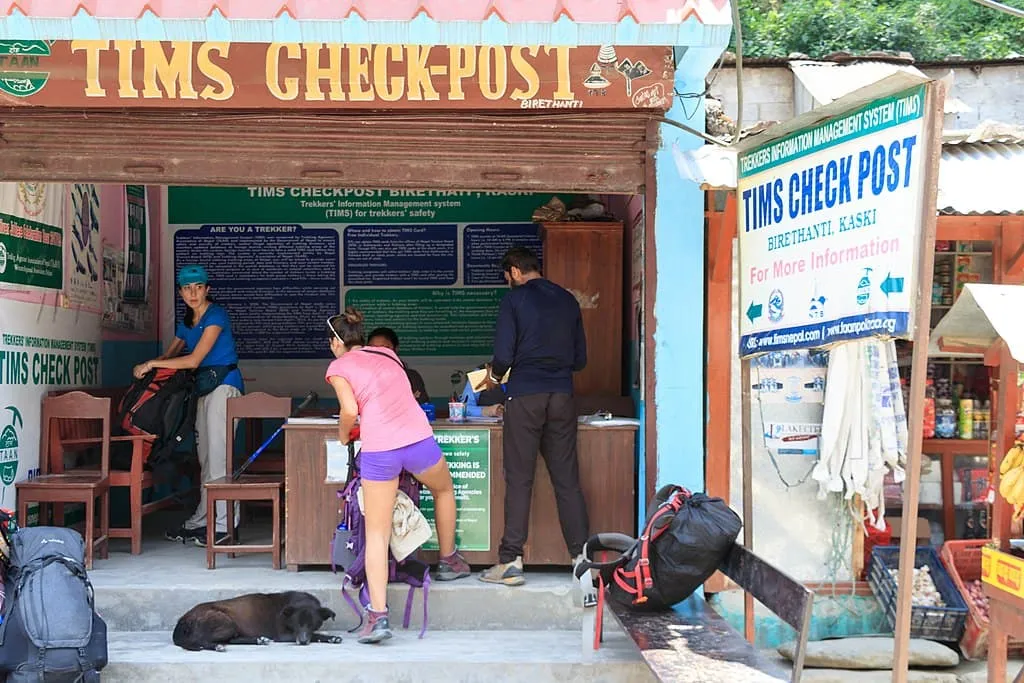
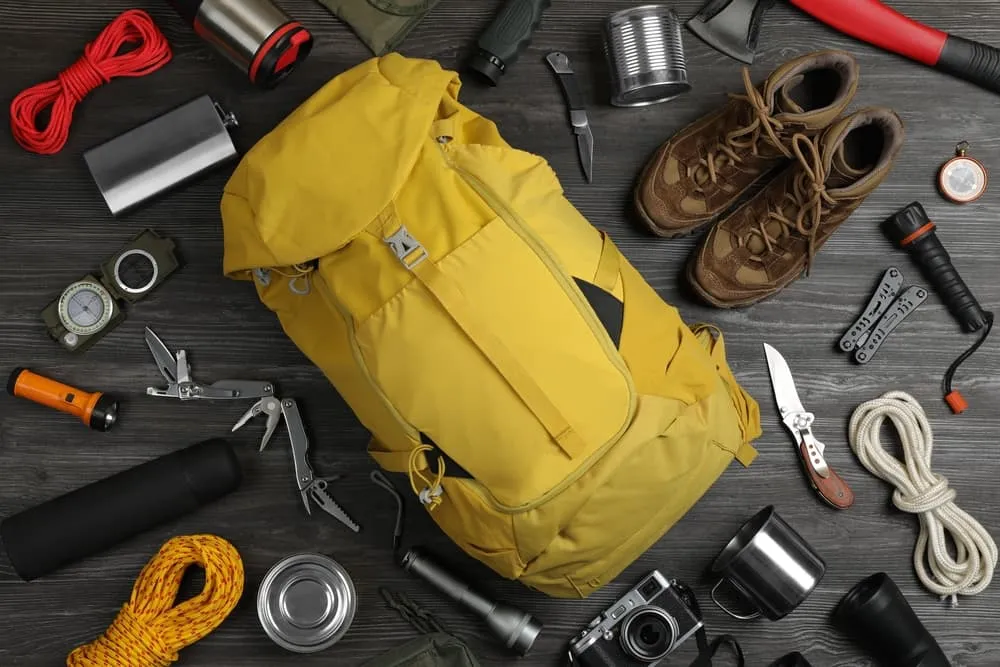


Comments